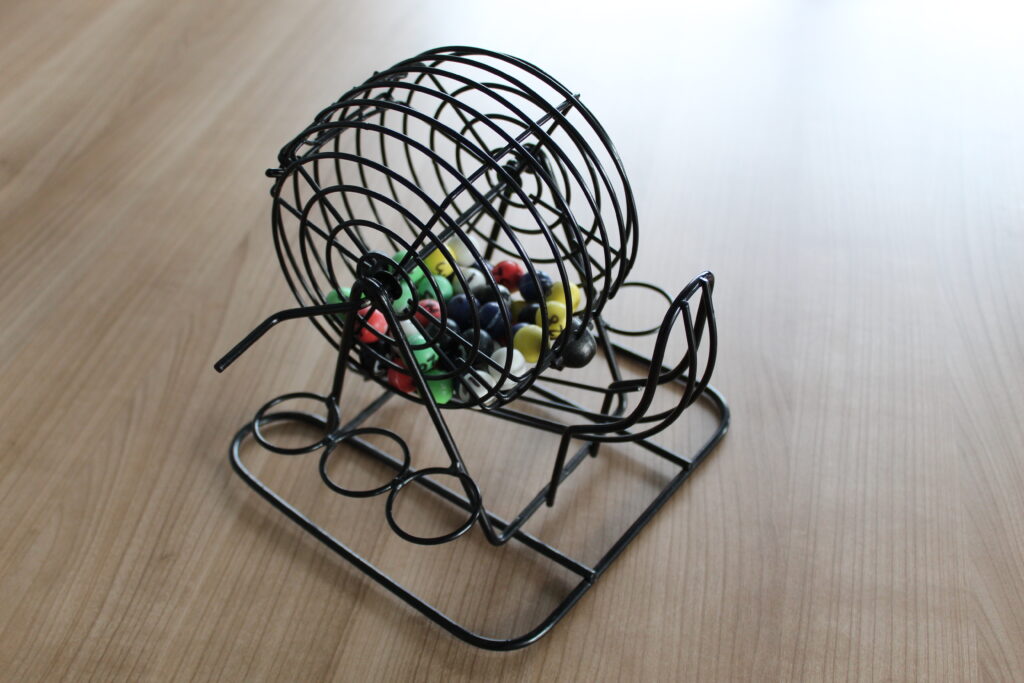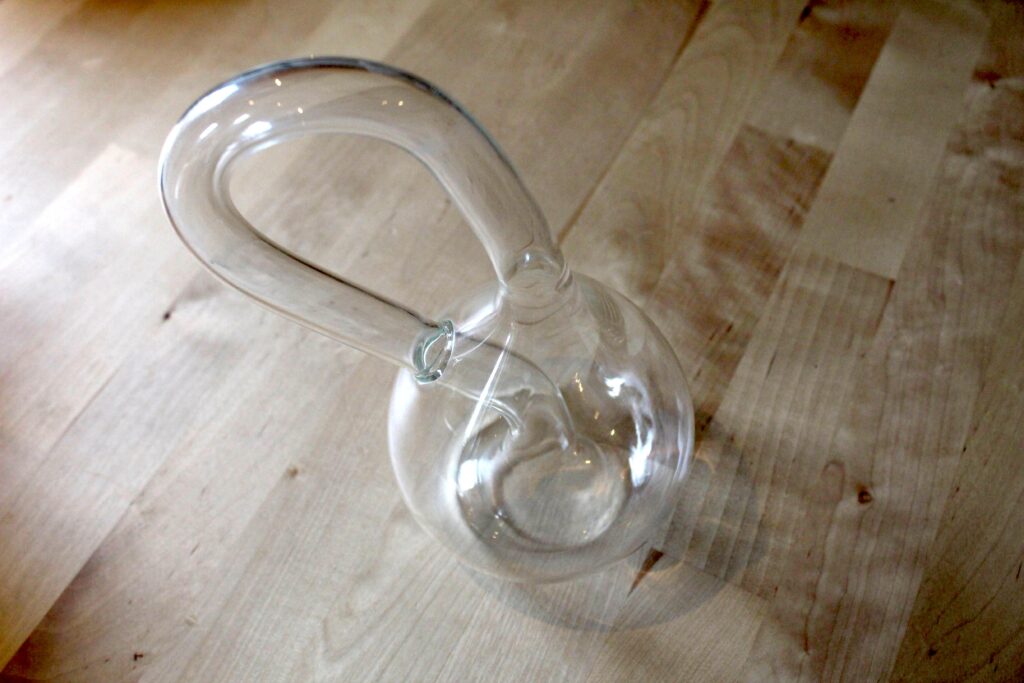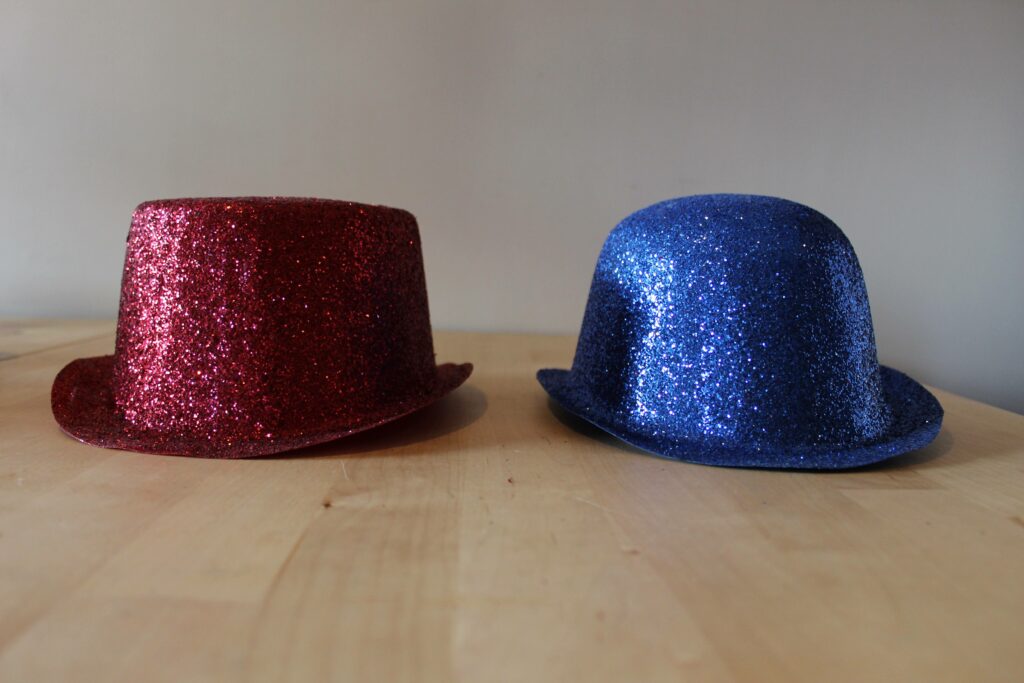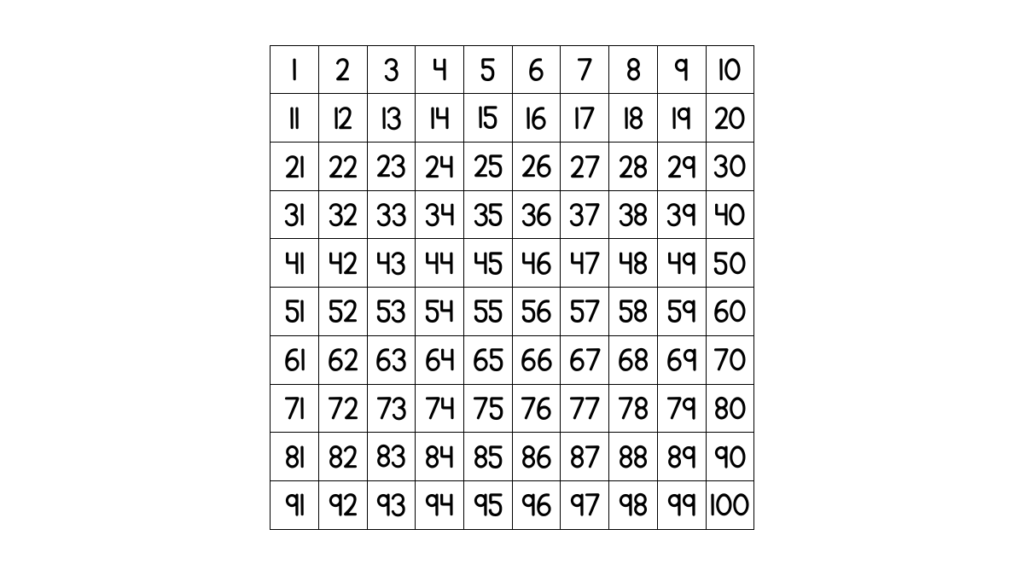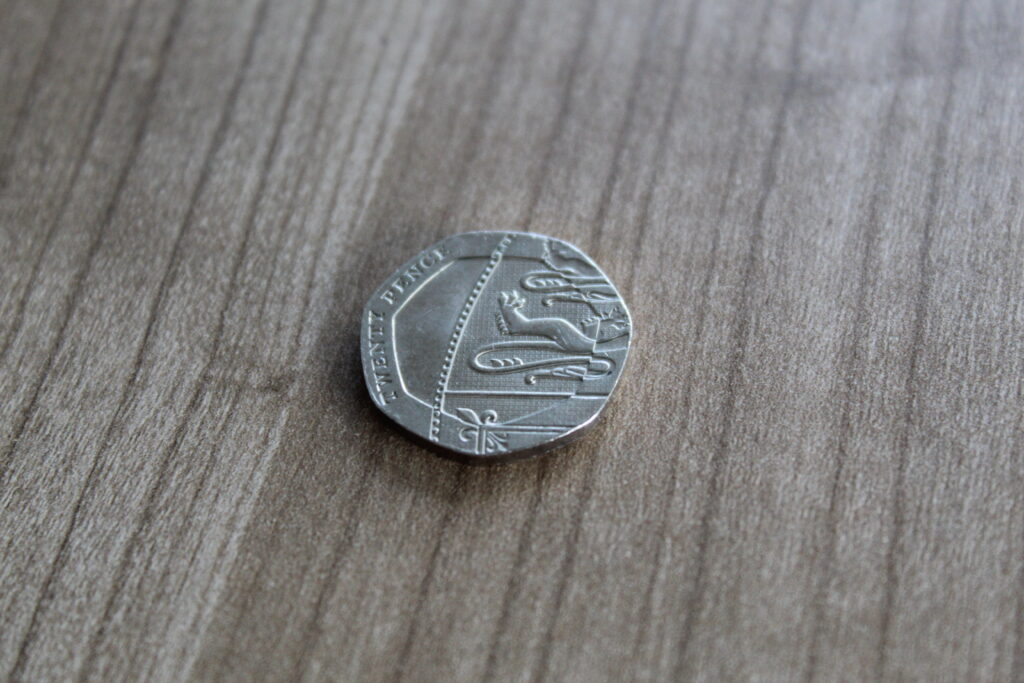
John Bibby points out a numeric coincidence – “Sean Connery died on 31/10/20. If you add up all the numbers in the date = 007”. Spooky, huh? I’m hoping you’re asking ‘is that unlikely?’ John asks “How many other dates this year add up to 007? What about in 2021?”
This is a fine pen-and-paper activity (or for thinking about in the shower, as I tried this morning), but also a nice little brute-force coding exercise.

